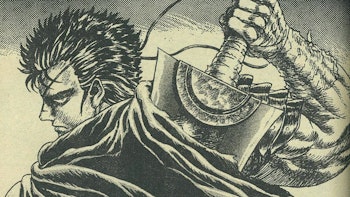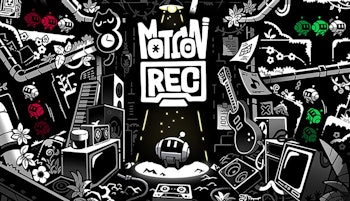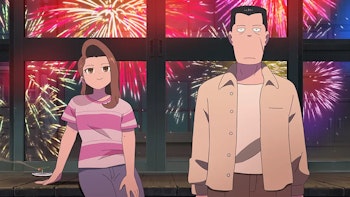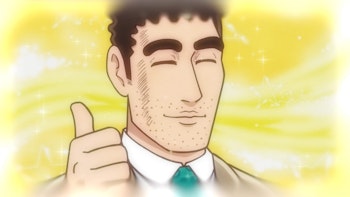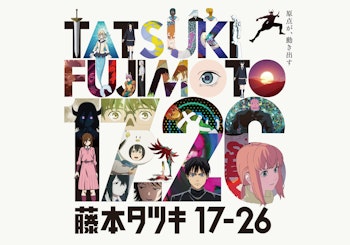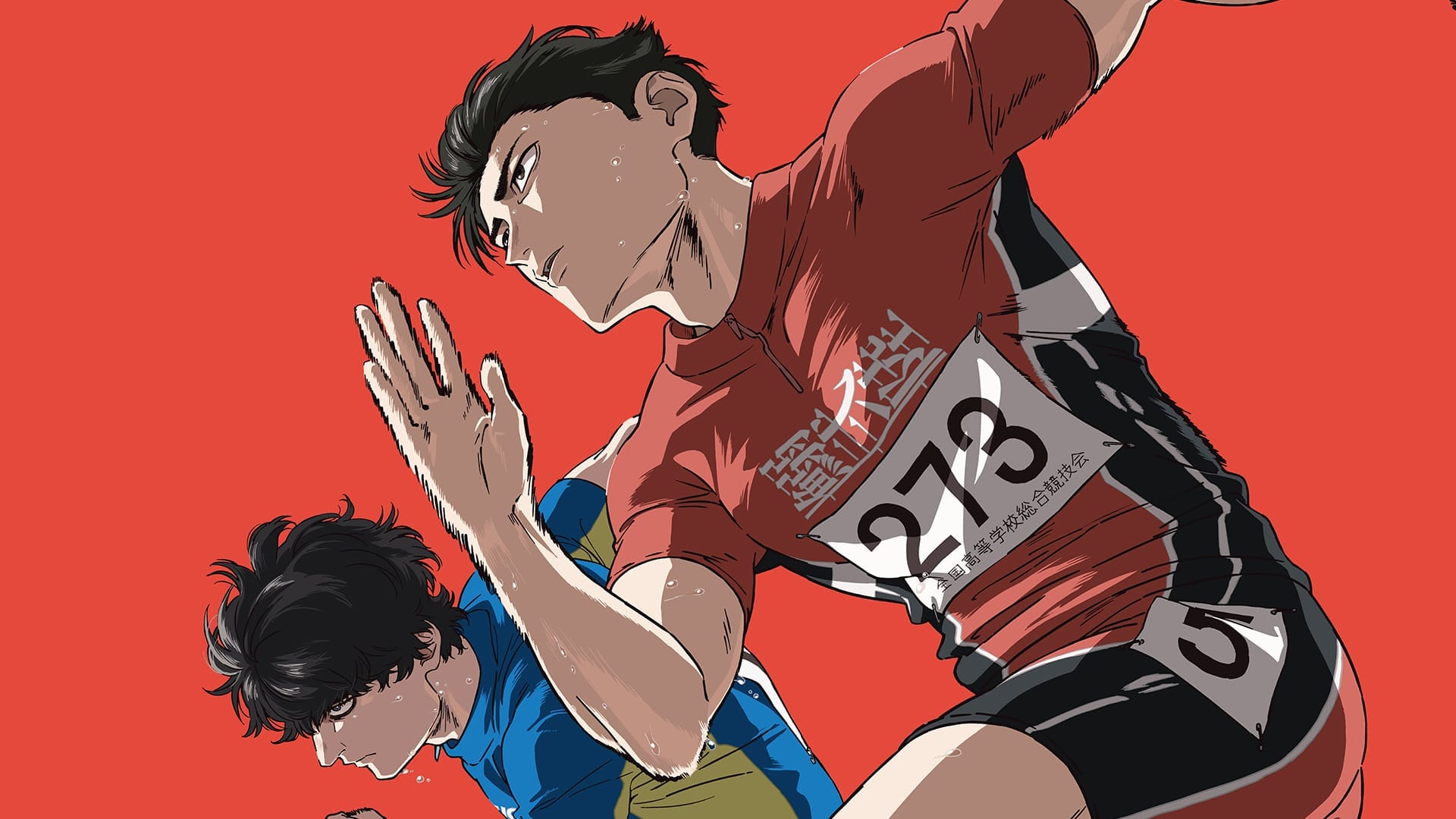
Sports anime, done well, is euphoric. The tension is already there, the rivalries speak for themselves. The thrill of the action is a built-in appeal. Weave interesting characters into this template and bring it to life, and you have the potential for something special. And wow, 100 Meters really is something special.
When Kenji Iwaisawa burst onto the scene with On-Gaku: Our Sound, the production was one of those creative miracles that found the audience it deserved. The product of a tiny team and nearly seven-years of working with little resources or manpower, the musical thrill of the film is difficult to overstate. Taking advantage of a heavy dose of rotoscoping, a technique that involves recording live-action footage and animating over it to create a blend of animation and realistic movement, it also had a distinct visual look unlike anything else being produced at the time. It was a revelation, it won awards both at home and abroad, and still, in its final crescendo musical scenes, produces a cathartic release few animated films have replicated in recent years.
100 Meters is a film produced in far different conditions. Now an established name in the industry, Iwaisawa has been blessed with a larger team and greater funding. While On-Gaku was also an adaptation of the short self-published manga of the same name by Hiroyuki Oohashi, this film adapts the five-volume sports manga by Uoto, known more recently for his work on Orb: On the Movements of the Earth. The film has backing from companies like Pony Canyon, a theme song by Official Hige Dandism. This is a statement of Iwaisawa’s ascension to one of the most respected animation directors in the industry, and what a way to do so.
The film follows Togashi, a kid with a natural gift for 100-meter racing and the ability to win any race in school without even the pretense of competition. One day, a boy named Komiya transfers into his school, a boy with determination to run but no technique or understanding on how to go fast. So, he teaches him. In the processes, Komiya feels a determination in himself to win, before disappearing just as suddenly as he appeared. Over the years they both keep running, meeting again as rivals on the track after vastly different paths that brought them to this moment.
“There’s one simple rule in this world: running the 100m faster than anyone else can solve almost anything.”
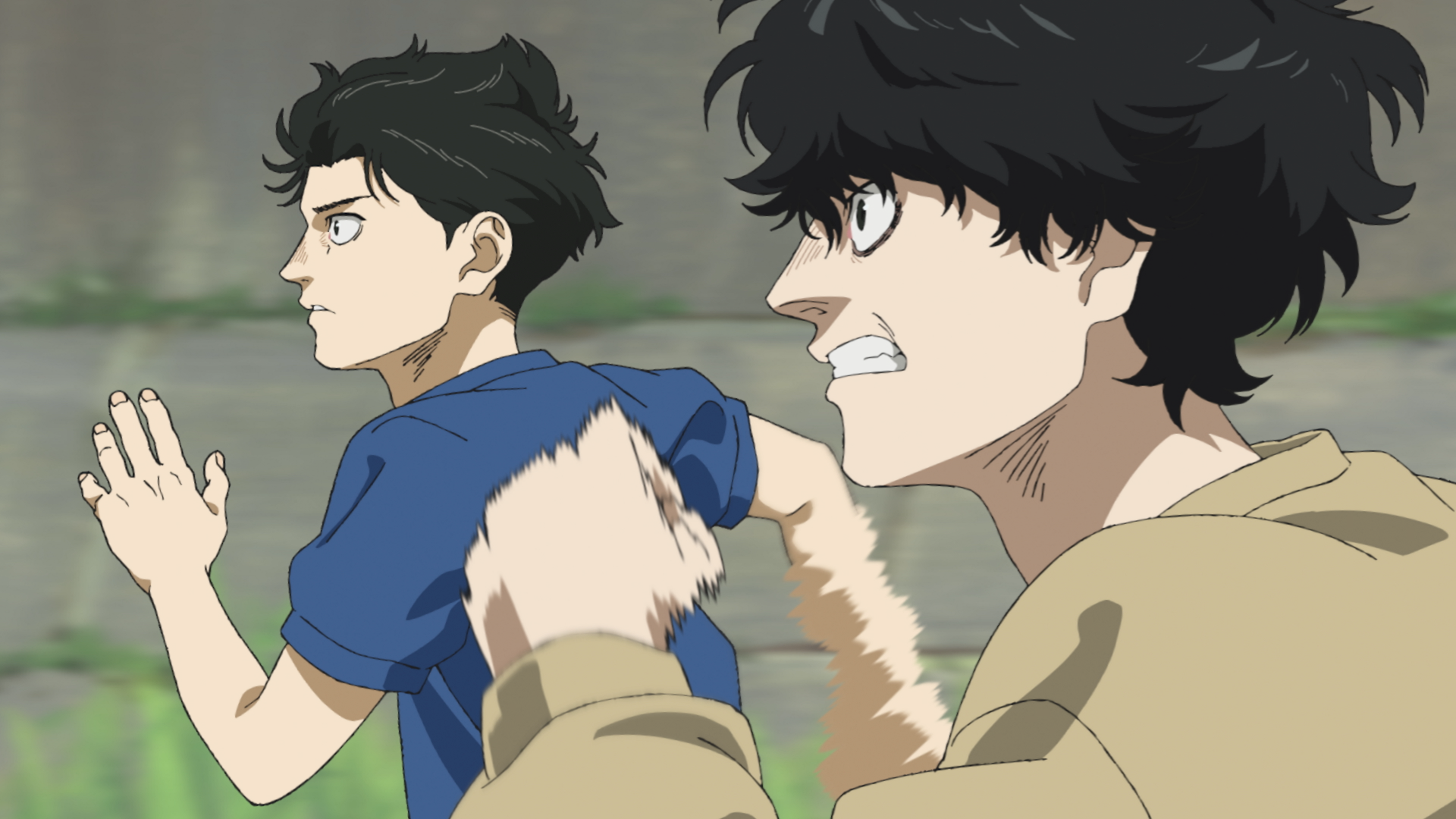
This is the message and mentality that holds an almost-motivational posteresque grip over the entire film and everyone in it. Through injury, the mental pressure from within and those around them alongside their own personal circumstances, there’s a near-single-minded focus amongst everyone to run. When you feel so exhausted you can’t move, run some more. Improve, race, win.
The film itself takes place over the course of roughly 15 years from childhood to pro racing as adults, expanding the drama of a 10-second race into a story of life and determination and growth. More so, it’s a story about why those 100 meters matter, and finding that desire to keep going and find meaning in the thrill of the race even when times are hardest. And while both Togashi and Komiya are very different races from their technique to their origins, they serve as perfect foils for exploring this idea.
Similarly, it’s hard not to feel like Iwaisawa’s signature approach to rotoscoped animation in his work is the perfect way to bring this story to life, not just for contrasting these styles but bringing the intricacies of racing as a medium to life. Traditional animation, particularly the limited animation style inherent to a lot of Japanese animation, creates an approximation of real life that isn’t intended to replicate real movement, with its own unique charm. You can create vast worlds and impossible action that’s thrilling to watch, but rarely will a camera move or a character act like you would see if filming in live-action. The medium is the message.
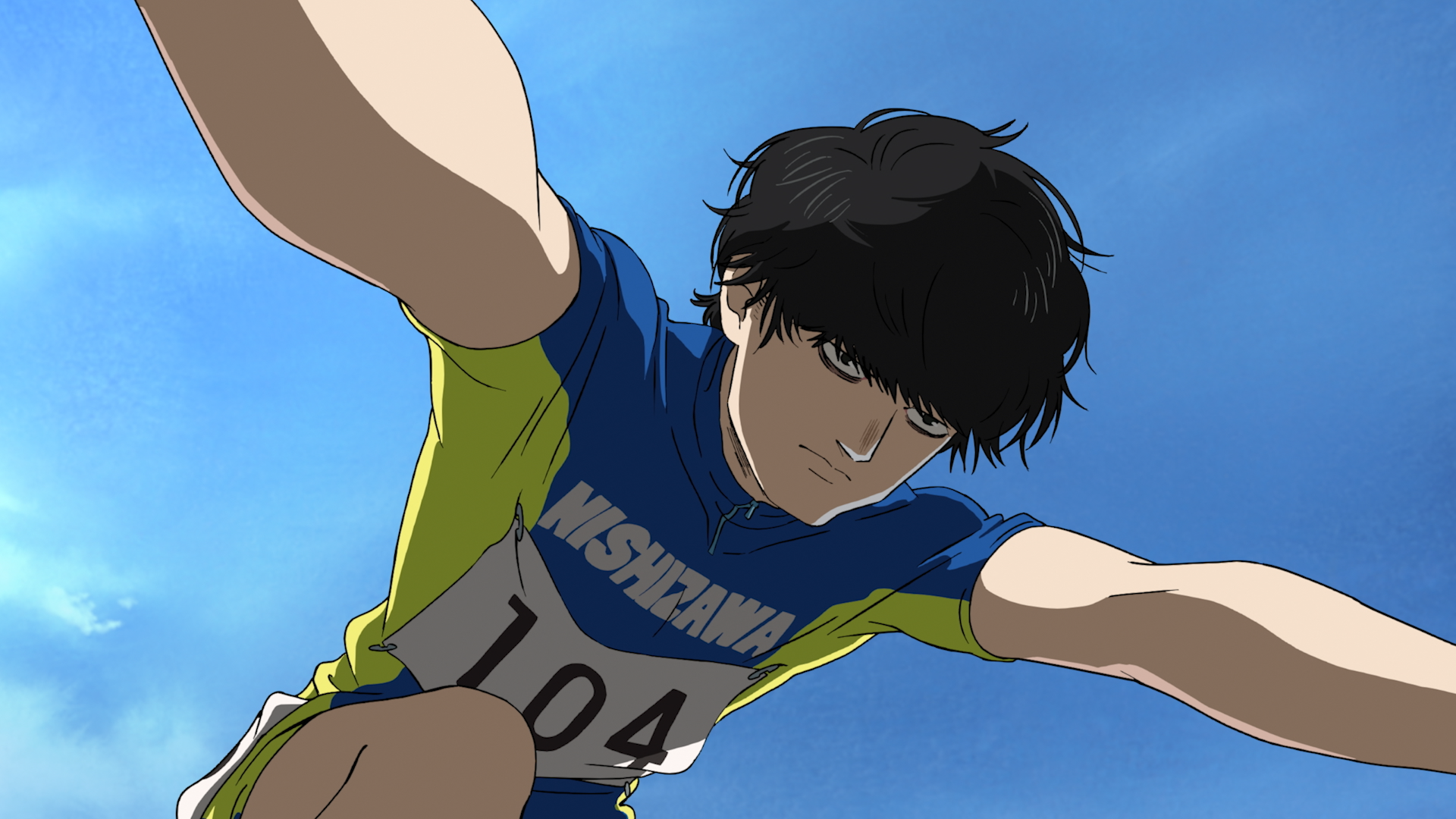
There’s a naturalistic flair to the racing and daily scenes only possible with rotoscoping that differentiates it from real racing but gives it the humanistic rawness necessary for this story to thrive. We can notice even minor differences in technique, from Togashi’s refined, straight, polished approach to the almost-fearful, prey-like chaotic determination of Komiya, who runs because there’s nothing else. At each stage of their progression, you see their styles evolve, and feel the weight of the years on their shoulders as the pressures of media and friends, the need to survive, and more begin to weigh on them.
There’s still chances for animators to put their own flair, and we see this when the emotion of the race becomes too much for the characters and the world around them begins to fall apart and become less formal and structured with their internal or even external monologue. But it’s the subtleties of character movement blended with the unreality of the artistic medium that give these characters an enhanced humanity that makes them feel like embodiments of the sport itself.
Even these brief 10-second bursts of action are given thrill because of the endlessly-creative ways in which the team try and bring them to life. Certain races take place entirely off-screen with merely the sound making up for it, others are first person. In others, the build-up is even more important than the race itself - one of the final races of the film includes an unbroken multi-minute single take using a 3D camera constantly circling eight racers including the characters we’ve come to know over the course of the film as they prep in the pouring rain for the race. The crowds, the runners, the pressure, everything alive and moving and yet barreling the weight of expectation onto the race to come.
Few scenes in animation in the past decade even come close too it.
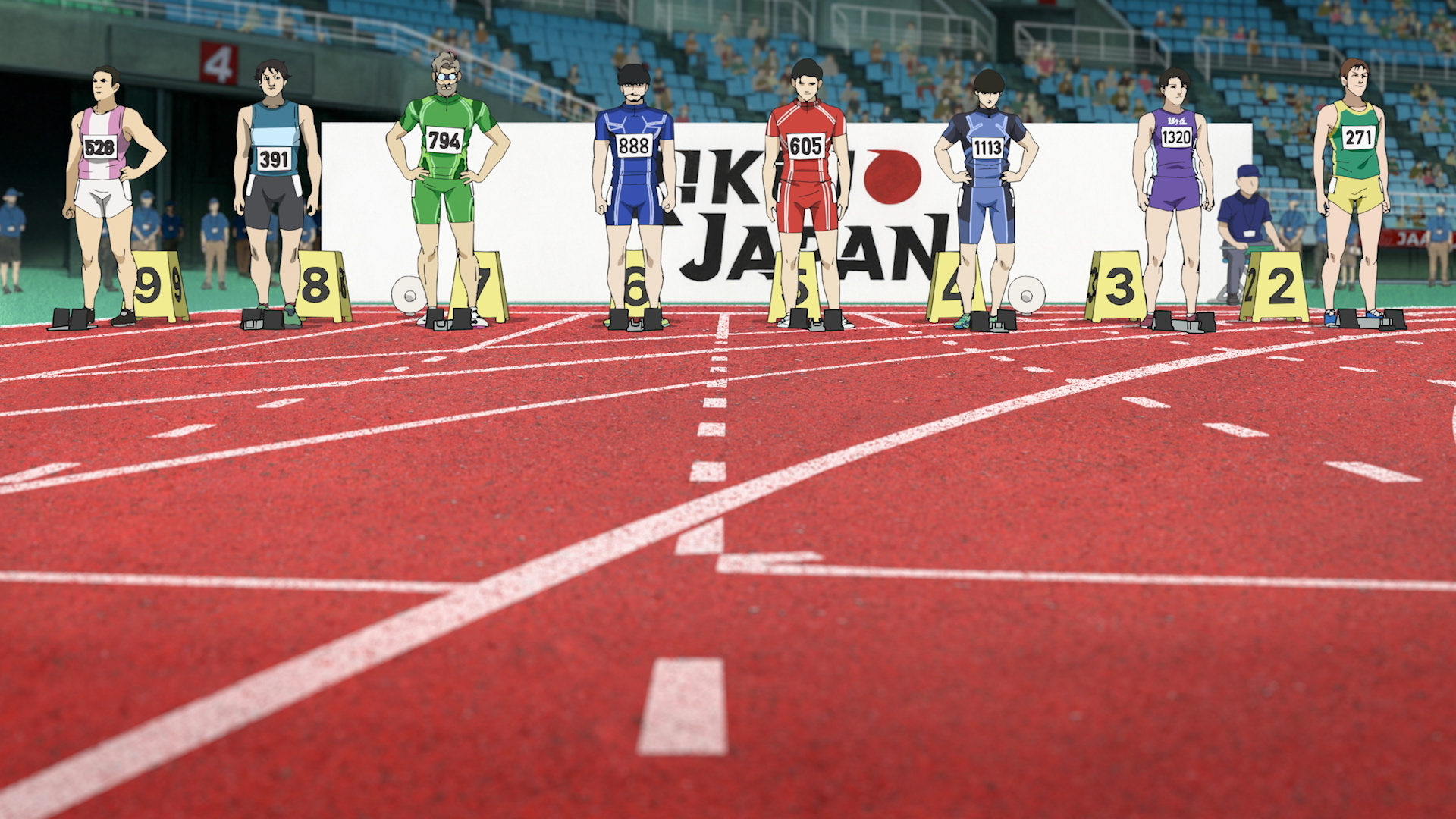
While the animation is undoubtedly the star, it’s the characters who make this so engrossing to watch. Even minor characters, such as the bearded older racer Kaido or Saizu who come in towards the latter stages of the film each have their own unique reasons for racing that tie to the central themes but ensure we aren’t lost in the all-or-nothing mentalities of our main duo. As the pressure for everyone mounts, especially when coupled with an incredible soundtrack, it’s hard not to compare the film to the all-out thrills of something like Luca Guadagnino's Challengers, with the tennis switched out for racing.
It’s perhaps fitting 100 Meters released in Japanese theaters the same day as Chainsaw Man: Reze Arc. While the latter will almost certainly be the box office champion by the end, I can’t help but compare the by-the-numbers approach to adaptation seen there to the way this film feels like a collaboration of minds between Uuto and Iwaisawa, blending the best of their two assets for the ultimate version of this story only possible in rotoscoped animation.
100 Meters shows that Iwaisawa’s work on On-Gaku was far from a one-off. The idea of racing not just for yourself but the idea of something larger, told in such a human way with such artistry. This is why we create, why we train, why we fight, why we win, why we lose. Leave everything on the track. Leave your legacy. In a few decades, as Iwaisawa’s legacy as a unique talent in this industry becomes clear, I’m certain this incredible film will be an integral part of his impact on this art form.
